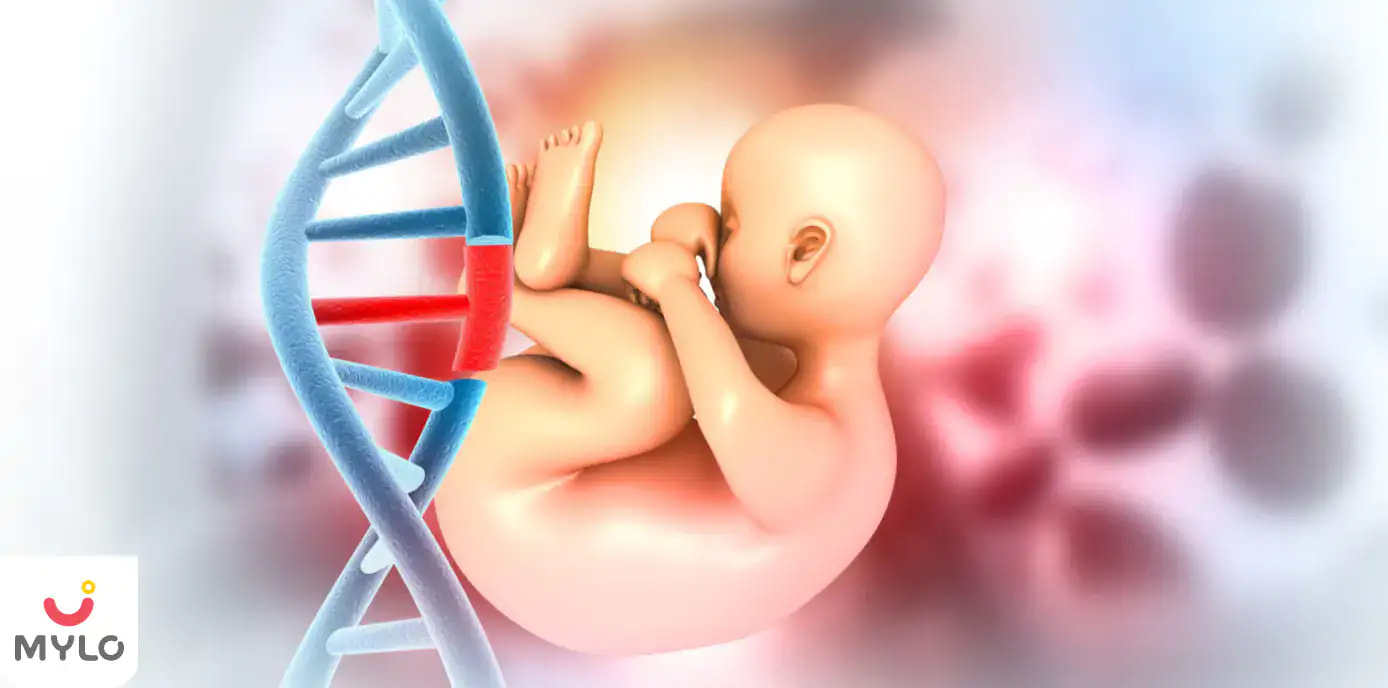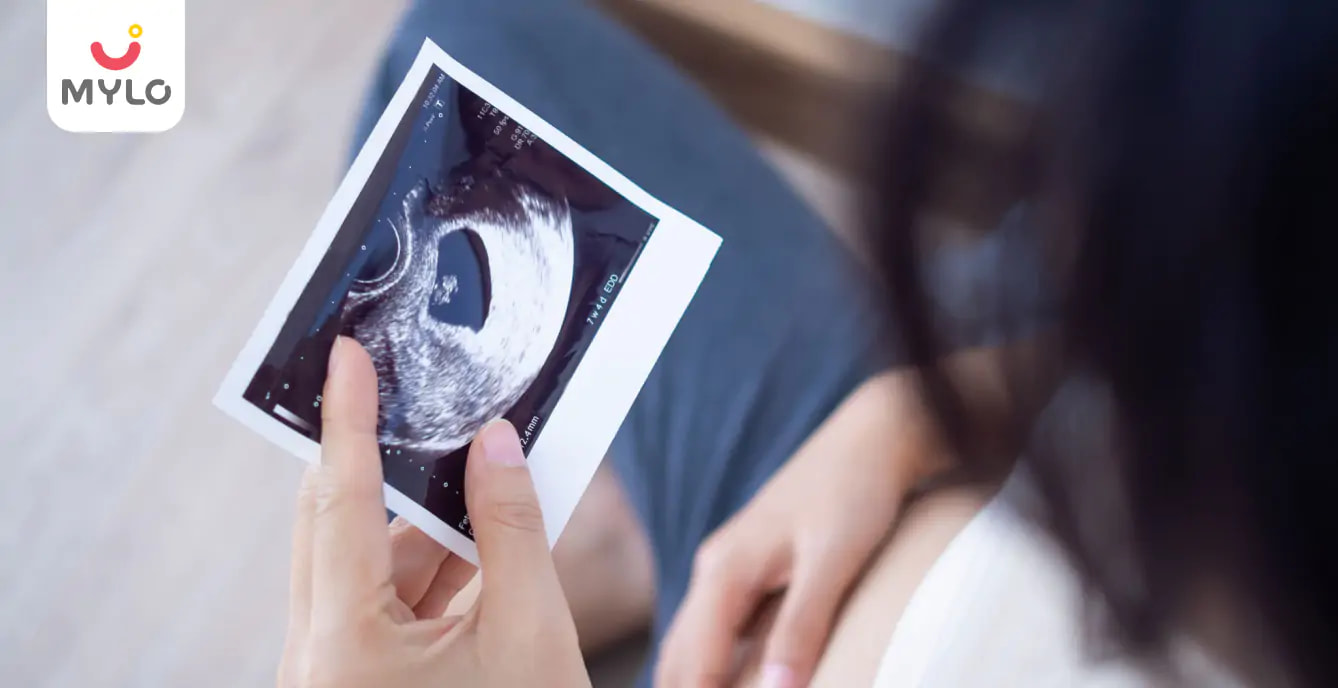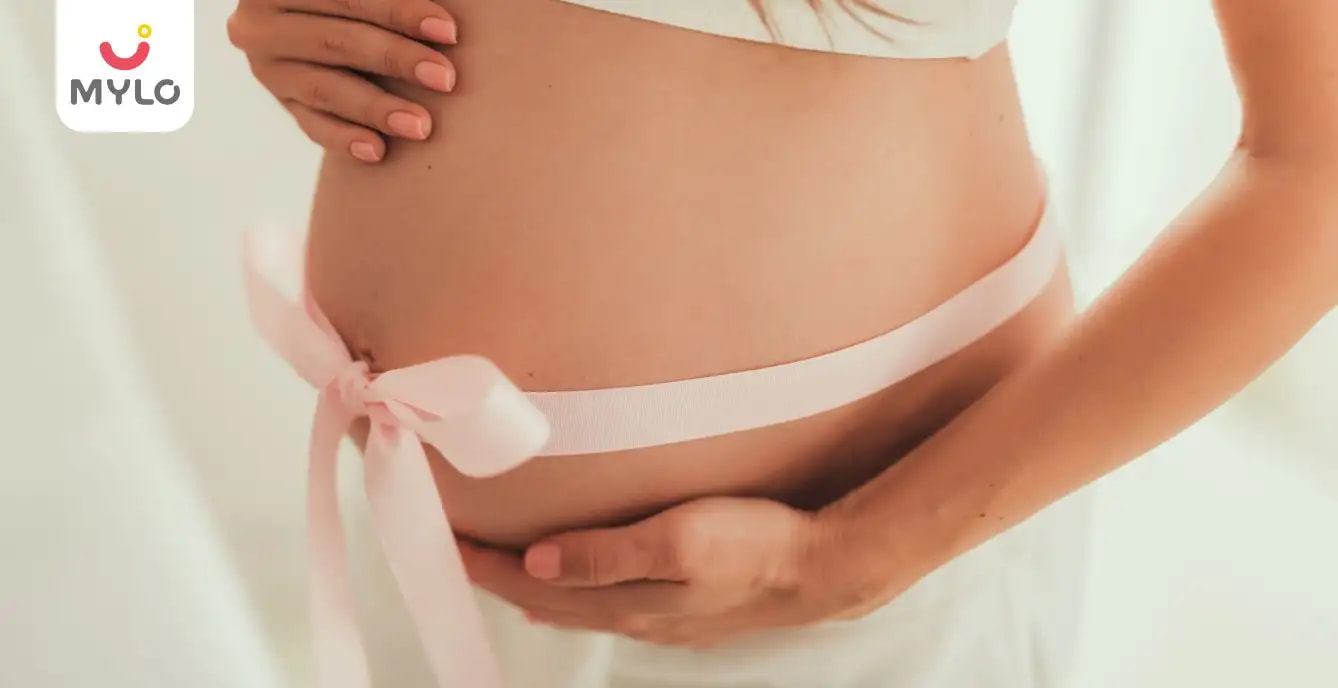Home

How to Get Baby in Right Position for Birth?
In this Article
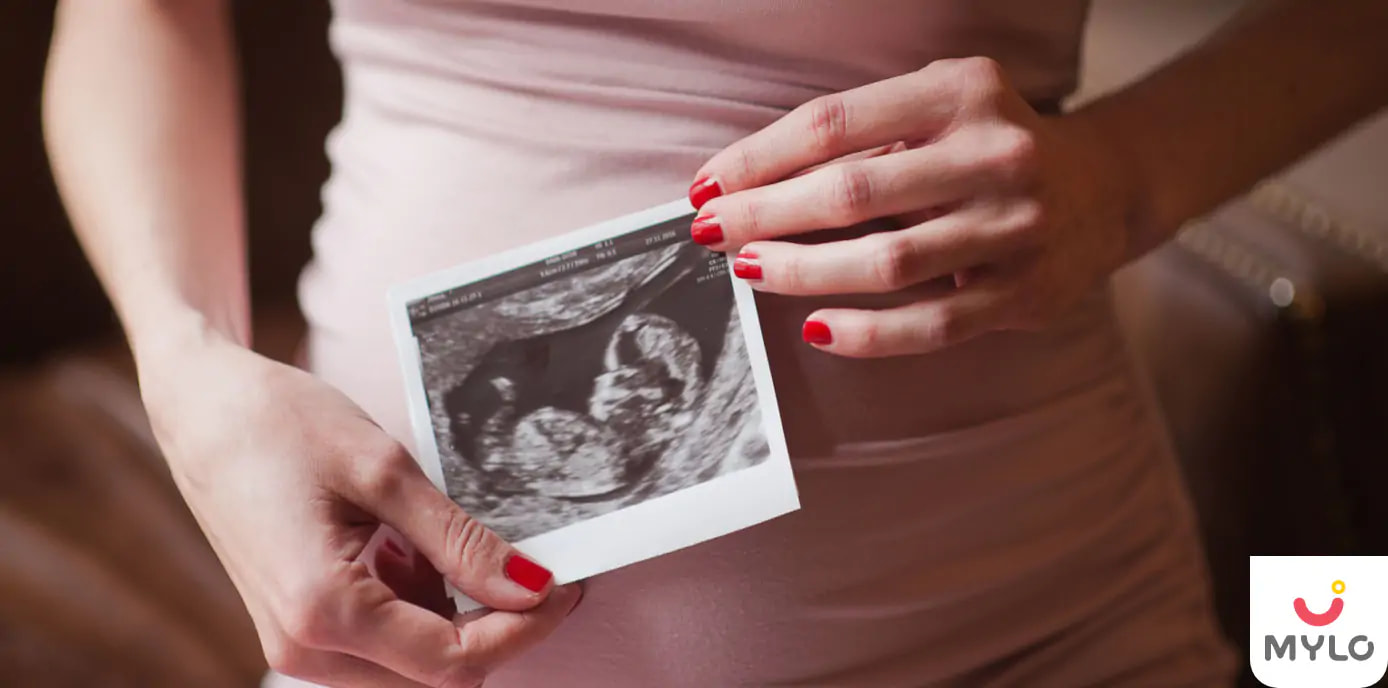
Pregnancy
How to Get Baby in Right Position for Birth?
Updated on 24 November 2023
Your baby’s position in womb keeps changing throughout your pregnancy. Undoubtedly, it’s a delight to see your baby tossing and turning during sonography. You can feel the movements and actions of your baby when he/she is thumping, swirling, pushing, twisting, or kicking inside the womb. Most babies settle into a head-down situation by the end of their last trimester however there are several other possibilities. In this article, we’ll discuss how to get baby in right position for birth.
What is the most common position for childbirth?
The most common and ideal position for labor is when your baby is positioned head-down with their chin tucked to the chest and face facing the mother’s back. This baby’s position in womb is known as the anterior position. In this position, the baby’s head is pointing towards the birth canal, ready to enter the pelvis. Most babies enter this position between weeks 32 and 36 of pregnancy.
Why is the anterior position the best for giving birth?
The anterior position is considered an ideal position because it helps in progressing your labor. In this position, the head of the baby points towards the birth canal. The chin of the baby is tucked into their chest and their face is facing your back. You might feel the kicks of the baby under your ribs and your belly button may stick out.
You may also like: The ABCs of Cephalic Presentation: A Comprehensive Guide for Moms-to-Be
What are the other positions for childbirth?
Let’s know more about the possible baby’s position in womb and how it can affect your delivery:
1. Occiput-Posterior Position
This position is also known as a face-up position and it is quite similar to the anterior position. In this position, the baby is facing towards the mother’s stomach and the doctor will first see the face of the baby right after the birth instead of seeing the back of the head. Most babies turn to the anterior position just before the delivery and if they do not change the position then it leads to C-section or can cause any other complication.
2. Breech Position
In this position, the hips of the baby are pointing towards the birth canal and their head points upwards. The baby might fold their knees (Complete breech), straighten their legs by touching the face (Frank breech), or just straighten them at the birth canal (Footling breech). A C-section is performed during this condition and the legs of the baby come out first during the delivery. This position carries a risk with the umbilical cord.
3. Transverse Lie
In this position, the baby is lying horizontally across the uterus. The doctor can observe one shoulder facing the birth canal, hands, or stomach of the baby right before the delivery. This position carries too much risk and doctors prefer C-sections in this condition. In some cases, the doctor might manually rotate the baby by using a vacuum and by bringing the baby to the right position to then continue with the procedure of natural birth.
What exercises can be done to move my baby into the ideal position for birth?
As of now, there has been little research to show that specific exercises can help change your baby’s position in womb to the ideal birthing position. But here are some tips you may try after consulting your doctor if your baby is not in an ideal position right before the delivery:
-
For OFP (Optimal Fetal Positioning) the pregnant woman should try a cat stretch yoga pose. You must keep your hands and knees on the floor for 10 minutes every day and this may help your baby swing into the right position.
-
Do not sit/lie down at one place for too long. Take regular breaks and keep moving in the house.
-
You must lie down on your one side than sitting relaxed on the lounge chair.
-
You must practice squats under the supervision of a certified trainer.
-
Try to sit on an exercise ball or a low-height stool.
-
Ensure that your hips should be higher than the knees whenever sitting and the pelvis is tilted forward.
-
Get plenty of rest. Eat a nutritionally balanced diet and drink plenty of fluids to stay healthy, active and fit.
If your baby still does not come in the right position then your doctor will help you out to get the baby in the right position before delivery:
-
If your labor begins when the baby is in a posterior position then it can lead to longer labor with unbearable backache.
-
The doctor might use forceps or a vacuum cup to turn the baby’s position.
-
If any of the above-mentioned ideas do not work then for the safety of the child and the mother the doctor might simply proceed with C-section.
How do I know what position my baby is in?
A pregnant woman may be able to feel the position of her baby. You can consult your gynecologist and he/she will guide you on how to sense the movements of your baby. When your baby is in the breech position you can hear his/her heartbeat loud and clear. When you look around for hardness you might feel the spherical round shape and that is the head of your unborn child. If your baby’s position in womb is anterior, you may feel kicks under your ribs.
You may also like: Essential Tips for Normal Delivery After Cesarean
Closing Thoughts
Pregnant You should not spend the last weeks of your pregnancy worrying about your baby’s position in womb and whether it’s the ideal birthing position or not. Most babies turn to the anterior position during labor itself. You can follow the above-mentioned tips on how to get baby in right position for birth for smoother childbirth.



Written by
Shaveta Gupta
An expert in content marketing, Shaveta is an alumnus of IIT, Bombay, she knows what the audience is looking for. Mother of a 6 year old, she has been instrumental in planning the content strategy at Mylo.
Read MoreGet baby's diet chart, and growth tips

Related Articles
RECENTLY PUBLISHED ARTICLES
our most recent articles

Fun & Humour
Paheliyan 101: Riddles for Kids That Educate and Entertain
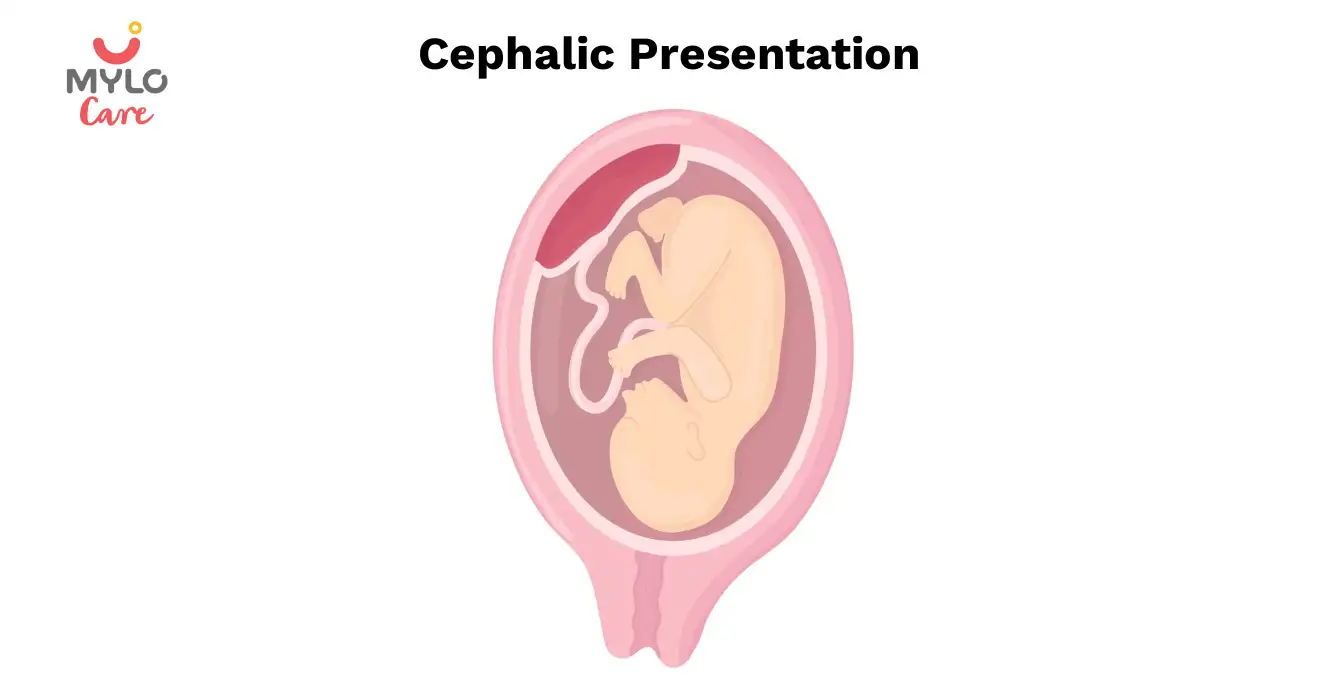
Fetal Growth
The ABCs of Cephalic Presentation: A Comprehensive Guide for Moms-to-Be
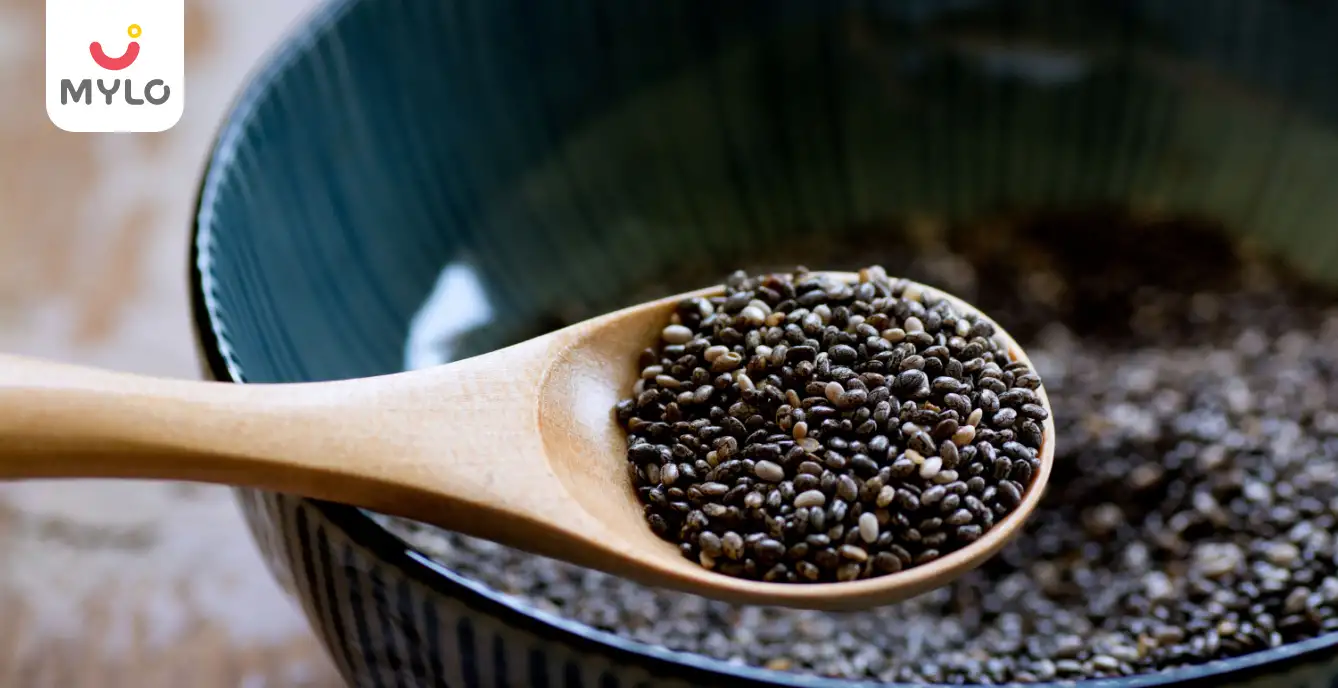
Diet & Nutrition
The Ultimate Guide to Consuming Chia Seeds in Pregnancy
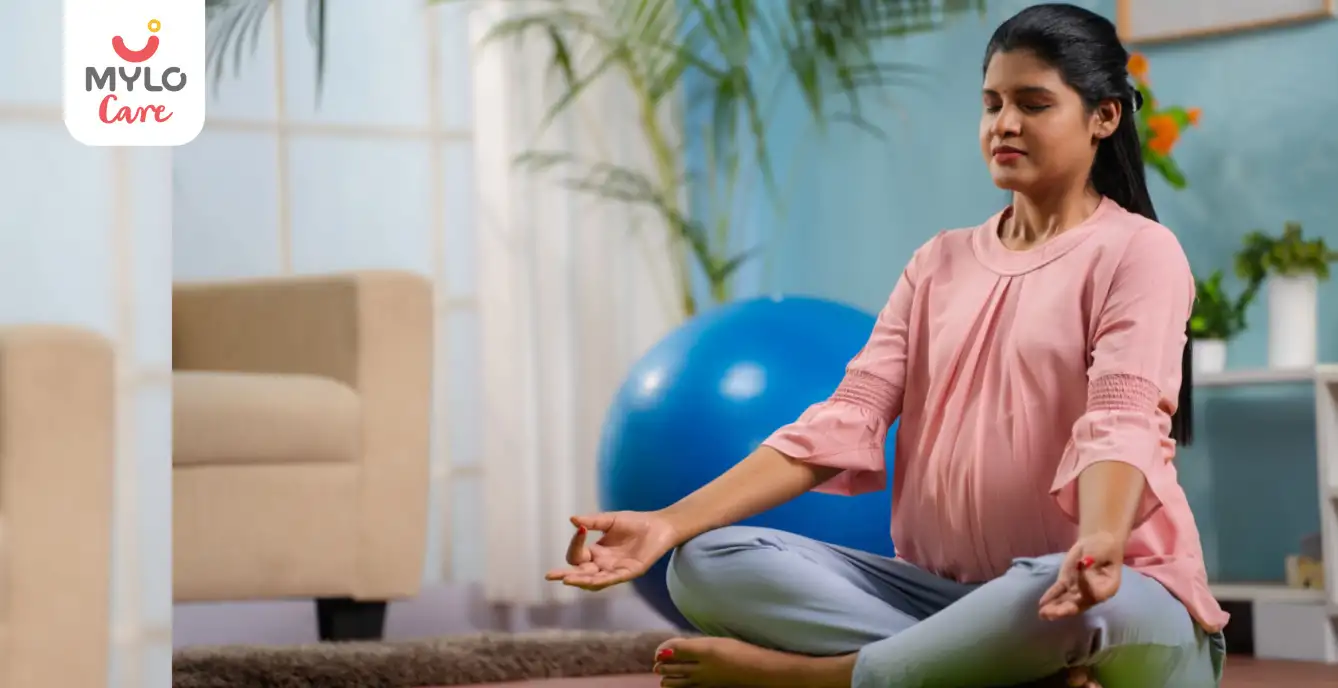
Tips For Normal Delivery
Essential Tips for Normal Delivery After Cesarean

Diet & Nutrition
Crab During Pregnancy: Benefits, Risks and Smart Choices
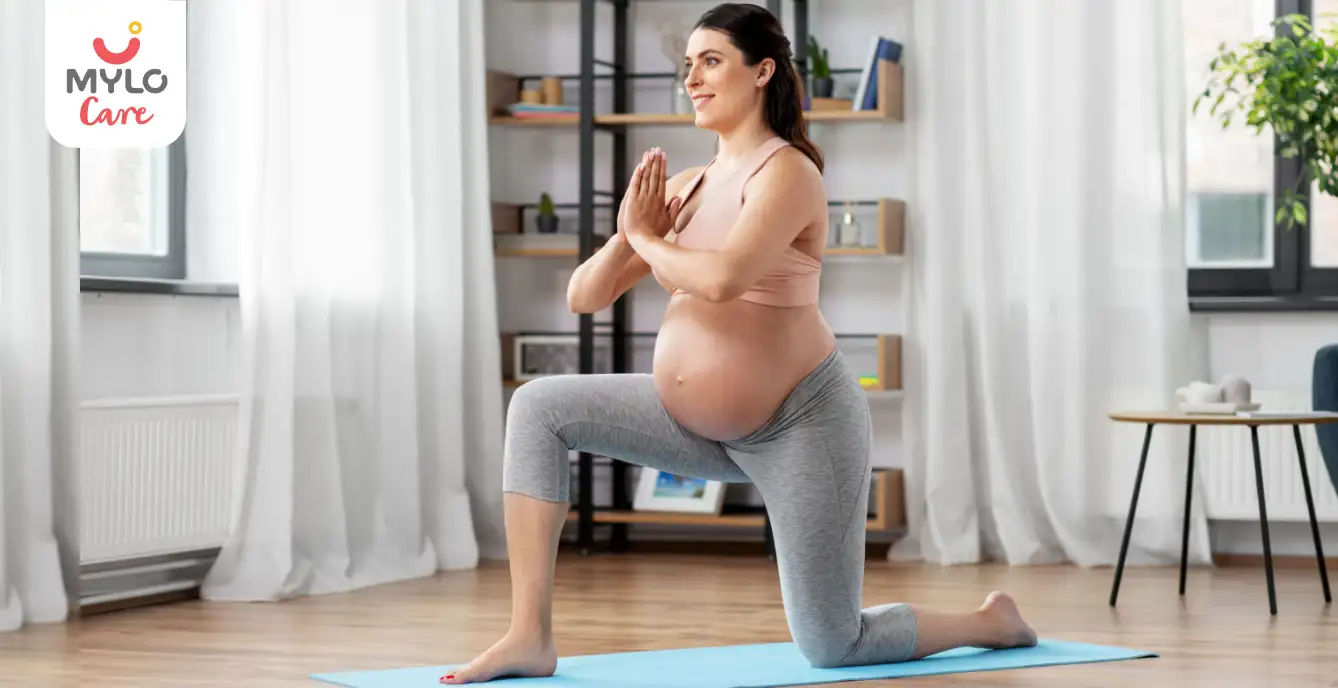
Tips For Normal Delivery
Normal Delivery Tips: An Expecting Mother's Guide to a Smooth Childbirth Experience
- Top 10 Panchatantra Stories in English You Must Read to Your Children
- What Helps in Improving Mental Health of Women
- Childhood Disorders: Meaning, Symptoms & Treatment
- Bleeding During Pregnancy 8 Weeks: Should You See a Doctor?
- The Ultimate Guide to Having Sex After C Section
- The Ultimate Guide to Baby Brain Development Food During Pregnancy
- Nappy Rash: Your Ultimate Guide to Symptoms and Quick Relief
- How to Get Periods Immediately to Avoid Pregnancy?
- Loss of Appetite During Pregnancy: Causes and Solutions
- How to Increase Newborn Baby Weight: Expert Tips and Tricks
- Fertisure M: The Comprehensive Solution to Male Infertility and Reproductive Health
- All You Need to Know About the New COVID Variant: Pirola
- Endometrial Polyp and Pregnancy: How Uterine Polyps Can Affect Your Chances of Conception
- How to Stop Heavy Bleeding During Periods: Home Remedies (Part 2)


AWARDS AND RECOGNITION

Mylo wins Forbes D2C Disruptor award

Mylo wins The Economic Times Promising Brands 2022
AS SEEN IN
















- Mylo Care: Effective and science-backed personal care and wellness solutions for a joyful you.
- Mylo Baby: Science-backed, gentle and effective personal care & hygiene range for your little one.
- Mylo Community: Trusted and empathetic community of 10mn+ parents and experts.
Product Categories
baby carrier | baby soap | baby wipes | stretch marks cream | baby cream | baby shampoo | baby massage oil | baby hair oil | stretch marks oil | baby body wash | baby powder | baby lotion | diaper rash cream | newborn diapers | teether | baby kajal | baby diapers | cloth diapers |




